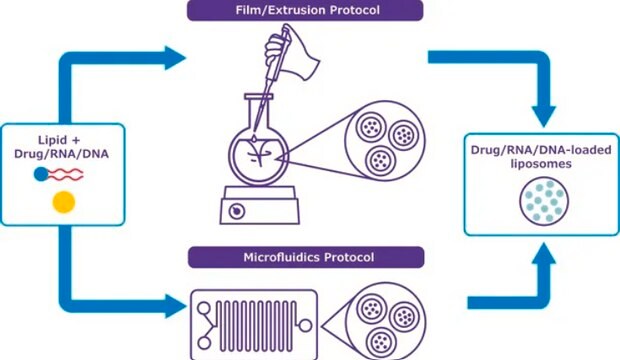T59803
Triethylene glycol dimethyl ether
ReagentPlus®, 99%
Sinónimos:
1,2-Bis(2-methoxyethoxy)ethane, Dimethyltriglycol, NSC 66400, Triglyme
About This Item
Productos recomendados
grado
reagent
Nivel de calidad
densidad de vapor
>4.7 (vs air)
Línea del producto
ReagentPlus®
Ensayo
99%
Formulario
liquid
temp. de autoignición
375 °F
lim. expl.
8 %
dilution
(for general lab use)
índice de refracción
n20/D 1.423 (lit.)
bp
216 °C (lit.)
mp
−45 °C (lit.)
densidad
0.986 g/mL at 25 °C (lit.)
cadena SMILES
COCCOCCOCCOC
InChI
1S/C8H18O4/c1-9-3-5-11-7-8-12-6-4-10-2/h3-8H2,1-2H3
Clave InChI
YFNKIDBQEZZDLK-UHFFFAOYSA-N
¿Está buscando productos similares? Visita Guía de comparación de productos
Categorías relacionadas
Descripción general
Aplicación
- Extracting solvent in a modified SA-HPSW (Supercritical Anti-Solvent with High-Pressure Solvent Wash) system.
- Solvent in the synthesis of passivated iron nanoparticles.
Información legal
Palabra de señalización
Danger
Frases de peligro
Consejos de prudencia
Clasificaciones de peligro
Eye Irrit. 2 - Repr. 1B
Riesgos supl.
Código de clase de almacenamiento
6.1C - Combustible acute toxic Cat.3 / toxic compounds or compounds which causing chronic effects
Clase de riesgo para el agua (WGK)
WGK 1
Punto de inflamabilidad (°F)
235.4 °F - closed cup
Punto de inflamabilidad (°C)
113 °C - closed cup
Listados normativos
Los listados normativos se proporcionan para los productos químicos principalmente. Para los productos no químicos sólo se puede proporcionar información limitada. Si no hay ninguna entrada, significa que ninguno de los componentes está en la lista. Es obligación del usuario garantizar el uso seguro y legal del producto.
EU REACH SVHC Candidate List
EU REACH Annex XVII (Restriction List)
Elija entre una de las versiones más recientes:
¿Ya tiene este producto?
Encuentre la documentación para los productos que ha comprado recientemente en la Biblioteca de documentos.
Los clientes también vieron
Nuestro equipo de científicos tiene experiencia en todas las áreas de investigación: Ciencias de la vida, Ciencia de los materiales, Síntesis química, Cromatografía, Analítica y muchas otras.
Póngase en contacto con el Servicio técnico











